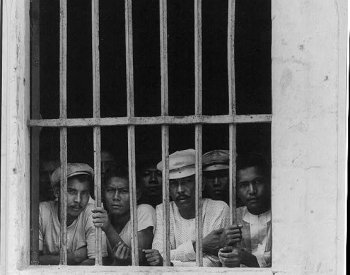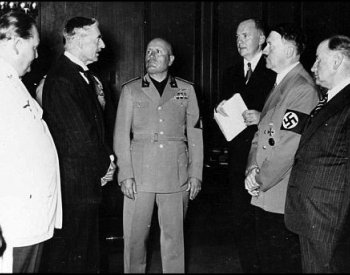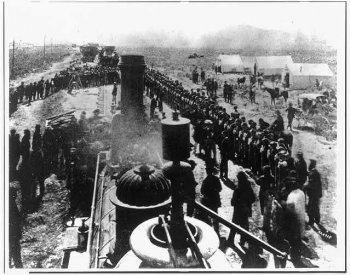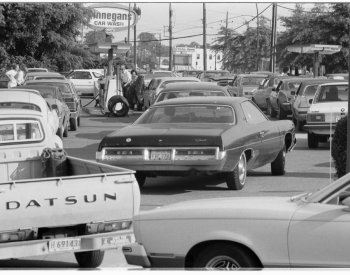To answer this question correctly, students must explain how the attack on Fort Sumter is connected to the election of Abraham Lincoln in 1860 and the growing demand for cotton in England. To answer Question 1, students must explain that the election of Lincoln was a threat to pro-slavery Southerners because of Lincoln's opposition to slavery in the territories. His election, among other factors, thus contributed to the formation of the Confederacy and the first attack of the Civil War. To answer Question 2, students must explain how the increasing demand for cotton further entrenched the institution of slavery in the South at a time when anti-slavery sentiment was growing in the North, which contributed to the regional conflict that eventually culminated with armed conflict between the United States and the Confederate States.
Level: Proficient
Question 1
Student identifies and explains a relevant connection between the attack on Fort Sumter and Lincoln's election.
Question 2
Student identifies and explains a relevant connection between the attack on Fort Sumter and the growing demand for cotton in England.
Level: Emergent
Question 1
Student identifies a relevant connection between the attack on Fort Sumter and the election of Lincoln but does not provide a complete explanation of that connection.
Question 2
Student identifies a relevant connection between the attack on Fort Sumter and the growing demand for cotton in England but does not provide a complete explanation of that connection.
Level: Basic
Question 1
Student does not provide a reasonable explanation for how the attack on Fort Sumter is connected to Lincoln's election.
Question 2
Student does not provide a reasonable explanation for how the attack on Fort Sumter is connected to Lincoln's election.
















